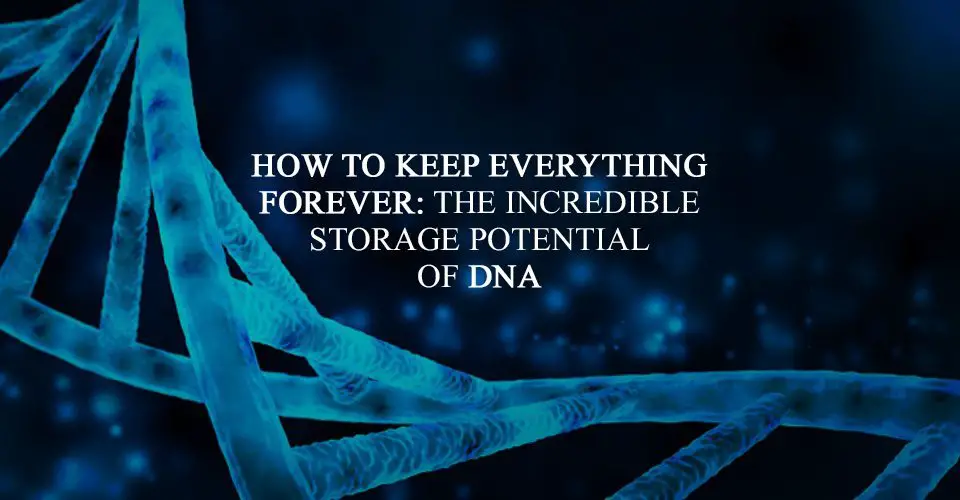
The idea of using DNA for data storage has long fascinated scientists, and progress in this arena has been advancing over the years. Harvard scientists recently, however, smashed previous DNA data storage capacities exponentially. They’ve managed to create a system for encoding digital information into DNA that can store 5.5 petabits -that’s 700 terabytes- in one gram of DNA.
“Intelligence is sexy” t-shirt?!
Why DNA?
DNA has held scientists captive in terms of a storage mechanism for various reasons, and they all play off of each other:
- DNA is extremely durable: it’s a very stable medium
- DNA is extremely dense: that is, it’s incredibly enticing as a storage medium
- DNA can outlast everything else we currently use to store data; it doesn’t require special mediums for storage to keep it functional
Why Now?
As we continue to progress in the digital age, storing mechanisms we use become outdated almost as quickly as they come onto the market. From floppy disks to flash drives to the cloud concept, people want more, easier, and faster ways to store information: whether it’s security footage from a major city’s transportation hubs or family photos. What’s more, as we evolve into a society with a heightened understanding of climate change and environmental pollution, we want digital storage to be eco-friendly. (As it turns out, going paperless isn’t quite as “green” as you might think.)
How Does It Work?
Basically, strands of DNA that store 96 bits are synthesized, with each of the bases (TGAC) representing a binary value (T and G = 1, A and C = 0). To read it, one simply sequences it, as though sequencing the human genome, and converts the sequencing back to binary. Additionally, an “address” -a key to interpreting the sequencing- is given at the beginning of the block of DNA, which allows the DNA to be sequenced out of order, then later sorted into usable data.
The Risks And the Ethics of Editing Human DNA
None of this would be possible, however, without advances in sequencing and analytics including microfluids and labs-on-a-chip. These advances have allowed for better and faster sequencing and utilization of DNA in terms of its data storage capability.
So what did researchers George Church and Sri Kosuri, the lead scientists on this project, store on their single gram of DNA? A digital copy of Church’s book “Regenesis”…70 billion times. At this rate the number of copies of this book far surpasses every other publication in human history.
And this is only the start of the work: the researchers have already set their sights on trying to encode living DNA: that is, the material that makes us up, the stuff of life. So far, storing data in living DNA only works for a very short time, but even this has incredible implications for things like secure data transfers. We live in a pretty remarkable world these days.


